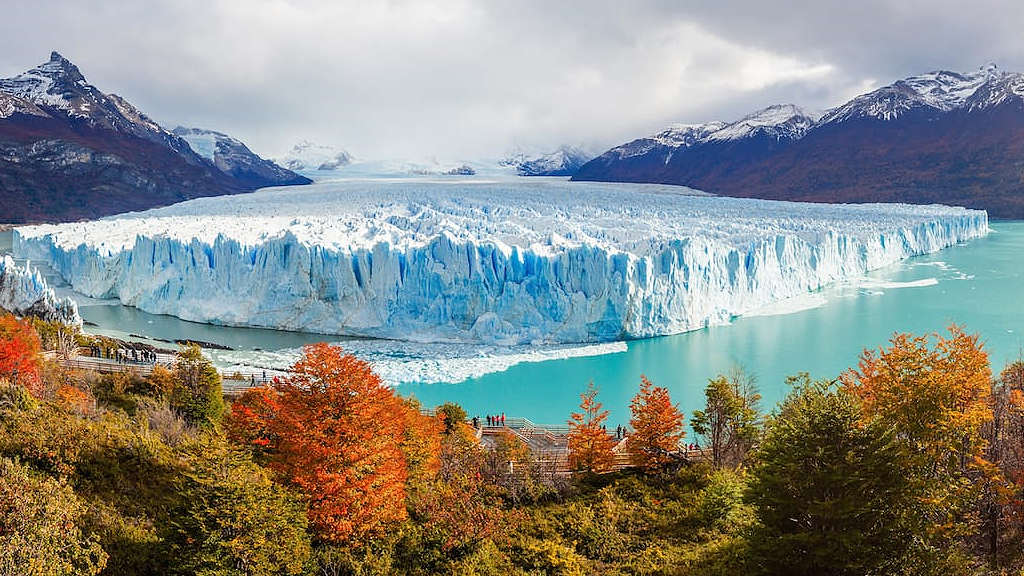Assist Card, an organization dedicated to providing comprehensive assistance to travelers, highlights five natural parks to celebrate the outstanding and ecological diversity of nature, and raise awareness of the protection of ecosystems.
- Yellowstone (USA). Founded in 1872, and with an area of almost 9,000 square kilometers located on a volcanic area, Yellowstone National Park is the oldest in the world. Located primarily in the state of Wyoming, extending into Montana and Idaho, it is home to a wide variety of wild animals such as brown and black bears, bison, elk, wolves, cougars, pronghorn, rocky mountain rams, mountain goats, bald eagles, among others. In addition, it has the most impressive collection of geysers and hot springs in the world, the Grand Prismatic Fountain being the best known.
- Cabrera (Spain). The Cabrera National Park is a small archipelago of 19 islets whose coastal landscape is considered one of the best preserved areas on the Spanish coasts and throughout the western Mediterranean. With 85% of its surface made up of sea, the park is home to 160 species of algae and more than 500 animals, with 113 species of bryozoans, 22 of mollusks, 25 crustaceans, 87 sponges and 200 types of fish. In addition, the area constitutes an important stopover point on the migratory route of 150 species of birds, both in the spring and in the autumn.
- Los Glaciares (Argentina). Ubicado al sudoeste de la provincia de Santa Cruz en el límite con Chile, fue declarado “Patrimonio Mundial” por la UNESCO en el año 1981, debido a su imponente belleza natural. Su nombre se debe a la presencia de numerosos glaciares, como el famoso Glaciar Perito Moreno, que se originan en el gran Campo de Hielo Patagónico -el manto de hielo más grande del mundo después de la Antártida- el cual ocupa casi la mitad del Parque. En cuanto a su fauna, alberga especies propias del bosque subantártico y de la estepa. Se destaca la presencia del cóndor, el águila mora, el choique, el guanaco y el puma, entre otros.
- Galapagos Islands (Ecuador). Created in commemoration of the first centenary of the publication of the book The Origin of Species by Charles Darwin, who inspired his theory of evolution based on observations made in these Ecuadorian islands, the Galapagos National Park is one of the most important natural parks of the world. Also considered as a marine reserve, Galapagos has a great natural diversity that attracts ecotourism, in which it is common to practice snorkeling with the inhabitants of its waters such as sea lions and turtles. With more than 45 species of endemic birds, 42 of reptiles, 15 of mammals and 79 of fish, Galapagos is an exceptional place where nature and man coexist harmoniously.
- Corcovado (Costa Rica). Located in southern Costa Rica, on the isolated Osa Peninsula, Corcovado National Park is one of the largest and only primary tropical rainforests in the world. Defined by National Geographic as the most intense place in the world, biologically speaking, in terms of biodiversity, Corcovado has 2.5% of the world’s biodiversity, hosting thirteen main ecosystems with more than 140 species of mammals, 400 species of birds, 116 species of reptiles and amphibians, 40 species of fish and 500 species of trees. In addition, throughout the park you can see herds of peaks and bull shark fins on the surface of the river.
“World Natural Parks Day invites us to reflect on the role we have as a society towards the care and conservation of the diverse ecosystems and wildlife existing in the environment, which are threatened by the exploitation of mineral resources, trafficking of birds, pollution, felling of trees, among others. Protected areas bring together the most representative biodiversity of each country, so the preservation of their natural wealth is essential for the health of the planet. Protecting the diverse flora and fauna spaces, which make up an incomparable landscape richness, is a commitment and responsibility that every good tourist must have par excellence ”, expressed Mauricio Valacco, Country Manager of Assist Card in Argentina.
The protection of ecosystems and their governance continues to be a problem worldwide, with education and tourism being the main activities to promote the care and conservation of biodiversity in flora and fauna. Preserving the identity and valuing the national heritage is, in the end, the most precious quality of any tourist activity.


